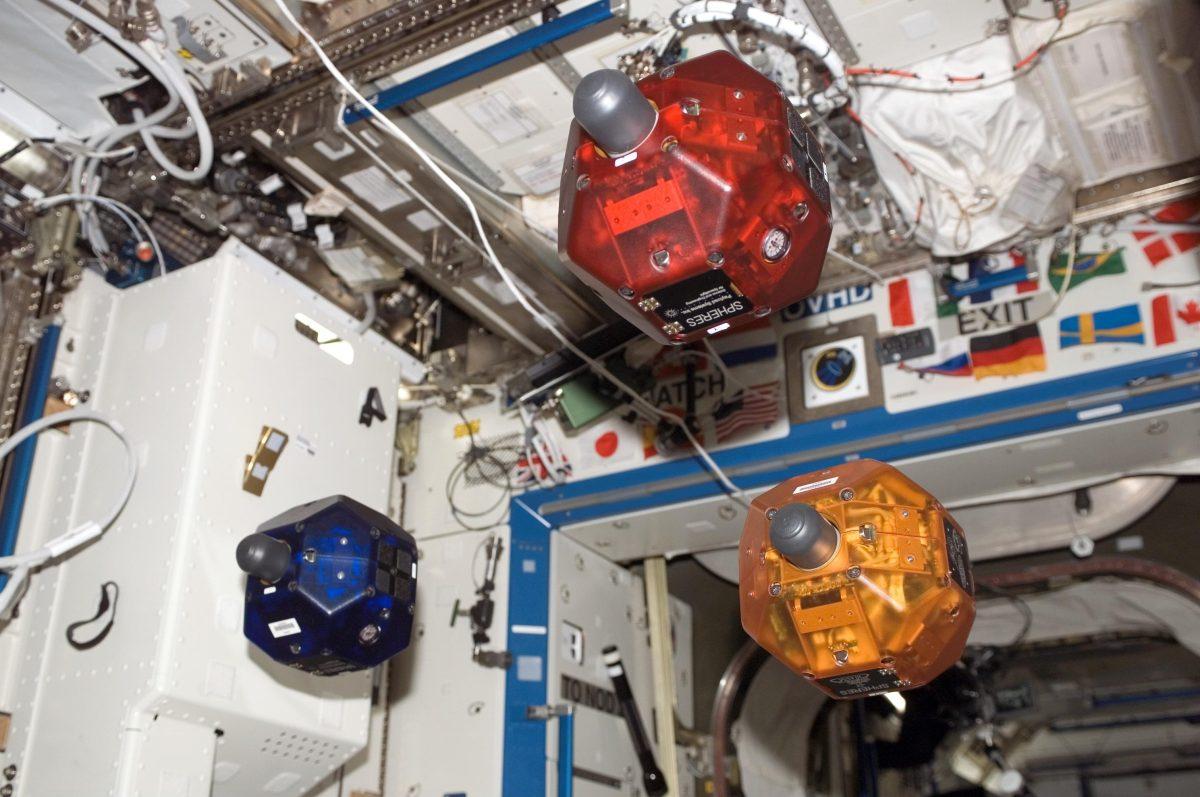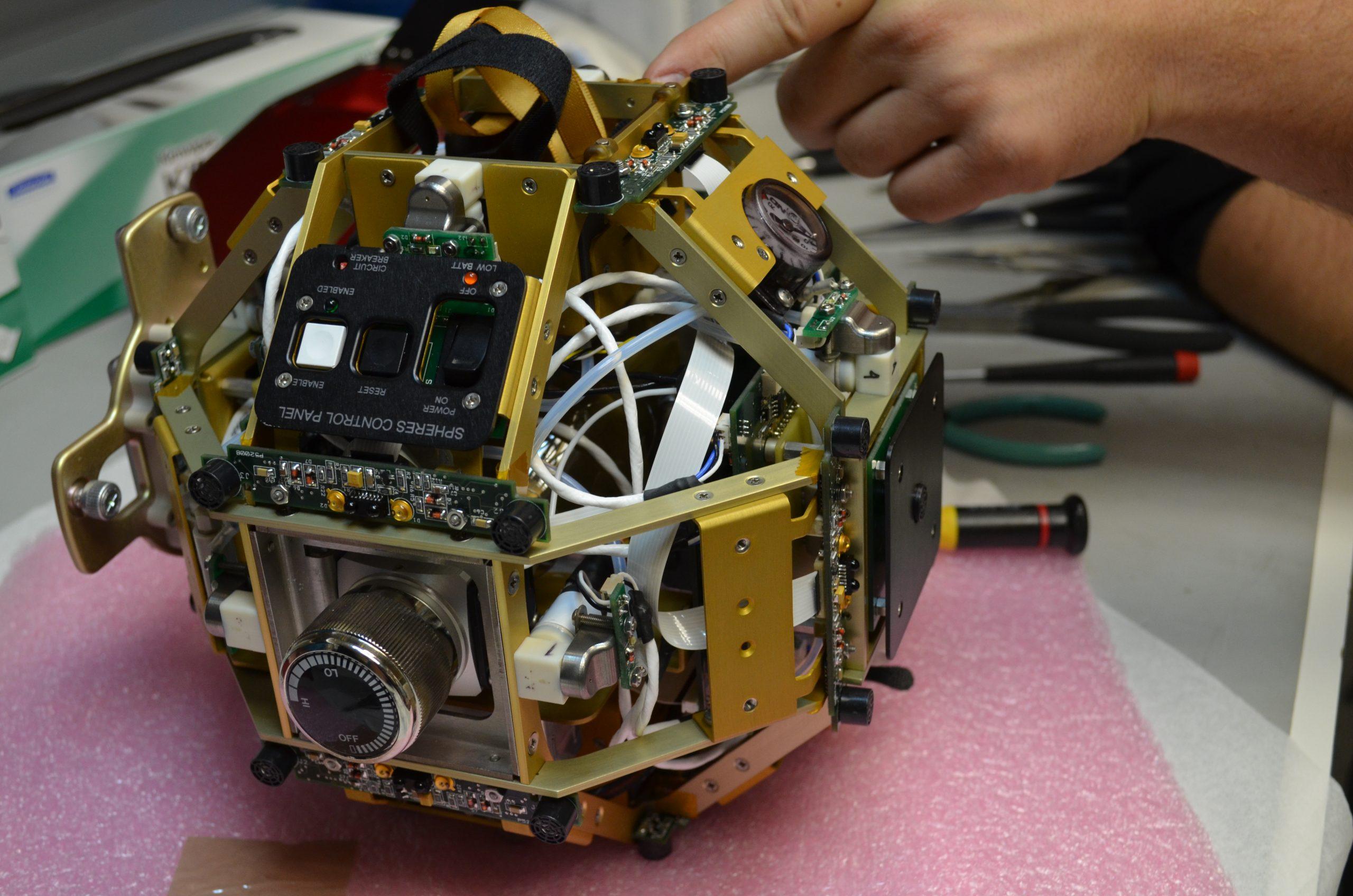The International Space Station may be home to the world’s top astronauts, but middle school students will soon have the chance to pilot spherical robots aboard the ISS as part of a programming challenge.
Six hundred and fifty middle school students nationwide competed to control a robot on the ISS during the Zero Robotics Competition this summer. Some of the students, many of them from minority and low-income backgrounds, were helped by Texas A&M engineering faculty and students to write code that would eventually control the ISS robot.
The robot itself is roughly the size and shape of a volleyball and is used to test sensors and other hardware used in satellites.
Texas A&M was chosen to be one of the statewide coordinators for the Zero Robotics Competition because of former astronaut and aerospace engineering professor Greg Chamitoff. Chamitoff was aboard the ISS when astronauts started using the technology the students learned to program as part of the competition.
“The robots were built and are maintained by the Space Systems Laboratory at MIT,” said Sualeh Khurshid, aerospace engineering senior and competition mentor. “The important feature of the program is its interactivity and appeal to kids. The software they write is disguised as a game where they complete certain tasks.”
Khurshid said the game teaches programming and logical thinking while introducing the students to space science.
“They programmed in a graphical interface where they could drag and drop programming elements,” Khurshid said. “Programming every step is a pre-cursor to the next step, so it is an excellent avenue to teach logic based problem solving.”
Katharine Leysath, educational outreach program specialist, said students are given a mission each year, and this year, the mission was to take pictures of points of interest on an asteroid. The students needed to decide how they wanted the robot to maneuver in space’s zero-gravity environment.
Leysath said the sphere only has room for two pictures, so the students had to try and figure out how they wanted to get the pictures, what distance and how quickly they could get them sent back to earth all while avoiding solar flares.
“They either have to hide in a shadow zone behind the asteroid itself or have to completely shut down the sphere,” Leysath said. “They at least kind of have an idea of when the flares are going to happen so it gives them an idea of how they need to set up their strategy, but the students are coming up with their own strategy — we just give them a few pointers along the way.”
Benjamin Morrell, visiting aerospace engineering research student and lead mentor, said the program ran for 15 to 20 hours per week for over five weeks. However, not all that time was spent on coding. Participants also built bottle rockets and learned about NASA’s space mission.
Morrell said each team was able to tour an aerospace related location as part of the program, but the winning team was able to see a special venue.
Reflecting on the competition, Leysath said her personal goal is to get more middle school girls involved next year. Leysath said some of teams consisted of equal numbers of girls and boys, but most were predominantly male.
“This is kind of the trend you normally see in robotics,” Leysath said. “We’re trying to target some of the teams that may be out there that are entirely female teams or try to target some groups that are already working with entirely female groups like Girl Scouts.”
Morrell said a similar competition for high school students will take place in September.
“The finalists get their code on the International Space Station as well, working in an international collaboration of three teams,” Morrell said.











